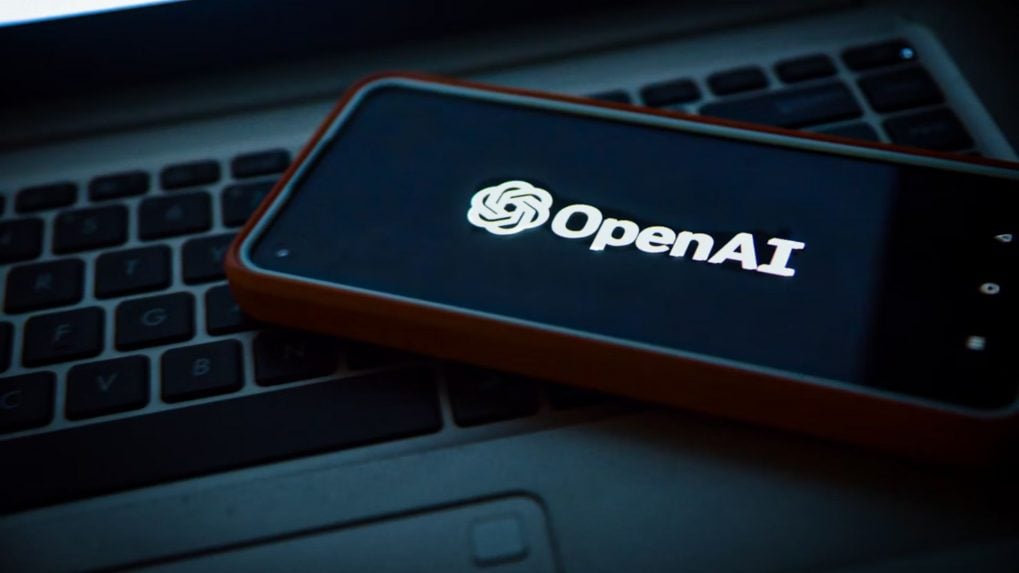Brand Makers
Dil Ka Jod Hai, Tootega Nahin

What Is OpenAI’s Sora?
OpenAI has launched Sora 2, an upgraded AI video model, alongside a new social app also called Sora. The app combines generative AI with TikTok-style feeds, allowing users to create, share, and remix short-form videos featuring themselves and friends.
What makes Sora 2 different?
Sora 2 focuses on realism by following the laws of physics more closely. Earlier versions often “cheated” reality—like making a missed basketball shot magically land in the hoop. The new model generates natural outcomes, such as missed shots bouncing off the backboard. Early demos include volleyball rallies, skateboarding tricks, and swimming pool dives, all rendered with greater accuracy.
What are “Cameos”?
A standout feature of the app is Cameos, which lets users insert their likeness into AI-generated scenes. To enable this, users upload a one-time video and audio recording for verification. Cameos can also be shared with friends, allowing group-generated content and collaborative creations.
Who can use the Sora app?
Currently, Sora is invite-only and rolling out first on iOS in the US and Canada. Videos can be shared within a TikTok-like feed, with recommendations powered by user activity, location, engagement history, and optionally ChatGPT conversations. Parental controls are included—such as limiting infinite scroll or disabling personalization—though they may require some technical know-how to use effectively.
How is Sora being tested?
OpenAI trialed the app internally with its employees before launch. The company said staff reported making new workplace connections through the Cameos feature. According to OpenAI, a social app built around Cameos is the best way to showcase the potential of Sora 2.
Is Sora free?
Yes—for now. The app is launching as a free product, with monetization planned via charges for additional video generations during peak times. Meanwhile, ChatGPT Pro users can access Sora 2 Pro directly, bypassing the invite list.
What about safety concerns?
Despite safeguards such as consent-based Cameos and revoking likeness access, risks remain. Non-consensual AI video is already a growing problem, and regulators have yet to define clear accountability for platforms hosting such content.
Why does this matter?
With Sora, OpenAI is entering the social media space, positioning its AI-powered video feed against giants like TikTok, Instagram Reels, and Meta’s newly launched Vibes. The move marks a shift for OpenAI—from building AI tools to competing directly in consumer social platforms.
From Delhi’s sharp-tongued lyricists to Chennai’s bilingual innovators and North-East India’s experimental beatmakers, Rap 91 LIVE’s lineup was a sonic map of the country’s cultural diversity.
Read MorePiyush Pandey was a force of nature - brute force for his opponents and a natural creative at heart.